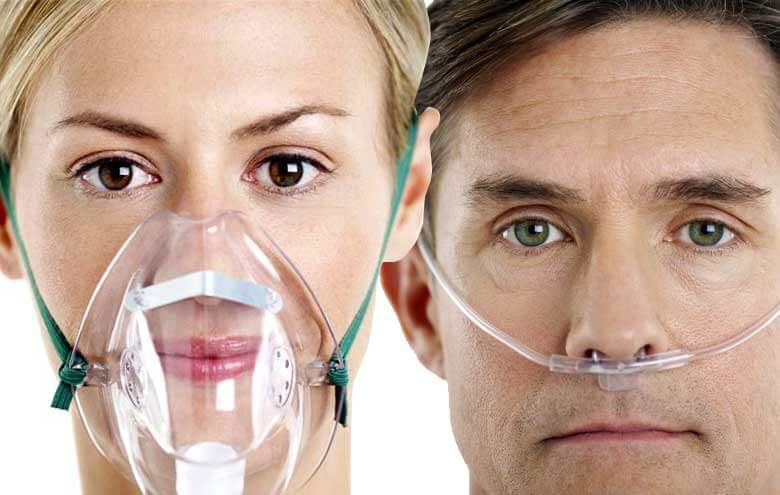The Art of Breathing: How Your Nose and Tube Work Together for Optimal Health

Image Source: Google
The act of breathing is a fundamental aspect of our daily lives, yet many of us do not give it much thought. However, the way we breathe can greatly impact our overall health and well-being. Understanding the intricate workings of our nose and respiratory tube can help us achieve optimal health through proper breathing techniques. You can also contact Applied Medical Technology if you are looking for the best breathing nose tube services.
Our nose serves as the primary entry point for air into our respiratory system. It is equipped with hair-like structures called cilia that help filter out impurities and particles from the air we breathe. The nose also warms and humidifies the air before it reaches our lungs, which helps prevent irritation and inflammation in the respiratory tract. Additionally, the nasal passages produce nitric oxide, a gas that has been shown to have antiviral and antibacterial properties, further protecting our respiratory system from infections.
As air travels through the nose, it passes through the nasal cavity and into the pharynx, or throat. From there, it enters the larynx, or voice box, and continues down the trachea, or windpipe, into the lungs. The trachea is a tube made of cartilage rings that help keep it open and prevent it from collapsing. It branches off into two bronchi, which further divide into smaller bronchioles that lead to the alveoli, tiny air sacs where gas exchange takes place.
The diaphragm, a dome-shaped muscle located at the base of the lungs, plays a crucial role in the breathing process. When we inhale, the diaphragm contracts and moves downward, creating a vacuum that pulls air into the lungs. When we exhale, the diaphragm relaxes and moves upward, pushing air out of the lungs. This rhythmic movement of the diaphragm is essential for efficient breathing and proper oxygenation of the body.
Proper breathing techniques can help improve lung function, reduce stress, and promote relaxation. One technique that is commonly used is diaphragmatic breathing, also known as belly breathing. This involves taking slow, deep breaths through the nose, filling the lungs with air and expanding the diaphragm downward. This type of breathing not only increases oxygen intake but also helps activate the body's relaxation response, reducing heart rate and blood pressure.
Another beneficial breathing technique is nasal breathing, which involves breathing in and out through the nose rather than the mouth. Nasal breathing has been shown to improve lung function, increase oxygen uptake, and help regulate the body's pH levels. It also helps filter and humidify the air, reducing the risk of respiratory infections and allergies. In contrast, mouth breathing can lead to dry mouth, bad breath, and a higher risk of infections due to the lack of filtration and humidification of the air.
Yoga and meditation practices often emphasize the importance of conscious breathing as a way to connect the mind and body. By focusing on the breath and practicing mindful breathing techniques, individuals can reduce stress, improve mental clarity, and enhance their overall well-being. Deep breathing exercises, such as pranayama, can help calm the nervous system, increase energy levels, and promote relaxation.
In addition to conscious breathing techniques, maintaining good posture can also support optimal breathing. Sitting or standing up straight allows the diaphragm to move freely and the lungs to fully expand, enabling efficient gas exchange and oxygenation of the body. Slouching or hunching over can restrict the movement of the diaphragm and limit the amount of air that can be taken in, leading to shallow breathing and reduced oxygen intake.
Overall, the art of breathing involves a combination of conscious awareness, proper technique, and healthy habits to support optimal respiratory function. By understanding how the nose and respiratory tube work together to facilitate the breathing process, we can make conscious choices to improve our breathing habits and enhance our overall health and well-being. Whether through diaphragmatic breathing, nasal breathing, or mindfulness practices, the way we breathe has a profound impact on our physical, mental, and emotional health. So take a moment to pause, tune into your breath, and embrace the art of breathing for optimal health.